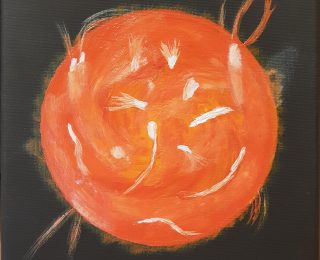
Vary, Vary, Little Star…Or Don’t, If You’re the Sun
Why is our Sun so anomalously stable in brightness compared to other stars? The authors of today’s paper decided to run some simulations to find out.

Why is our Sun so anomalously stable in brightness compared to other stars? The authors of today’s paper decided to run some simulations to find out.
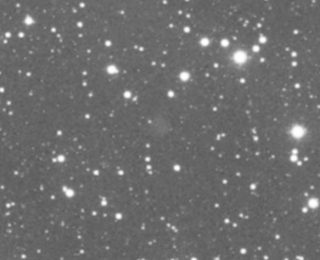
A amateur astronomer has discovered a galaxy lurking just beyond the Local Group which had gone unnoticed for centuries in the bright glow of neighboring star Mirach.
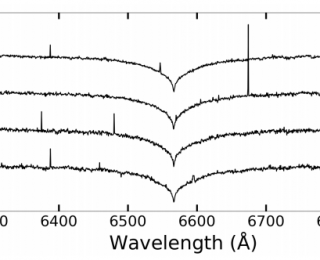
Measuring a white dwarf’s gravitational redshift can help us figure out its mass, but for one of the closest stars to us (Sirius B) the numbers didn’t match with other methods. Today’s paper investigates the discrepancy.
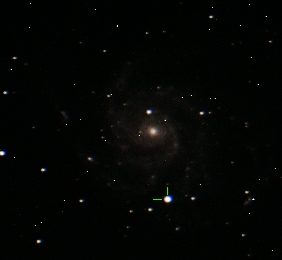
A close examination of thirteen Type Ia supernovae in the earliest days after their initial explosion reveals two distinct sub-populations.
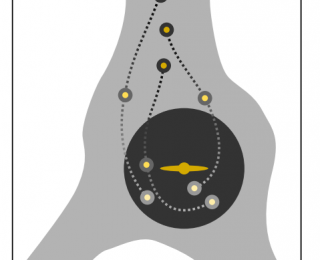
Many satellite galaxies in the local universe are orbiting their parent galaxies in highly coherent planes—yet such structures are vanishingly rare in simulations. What gives?